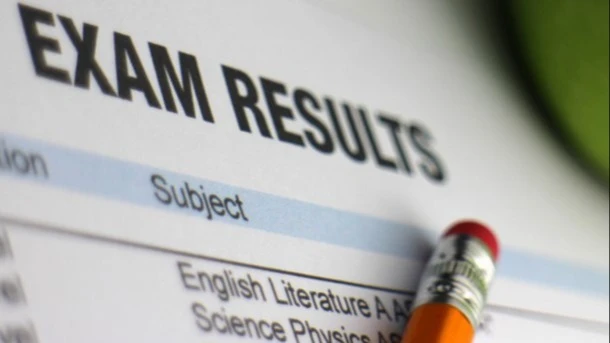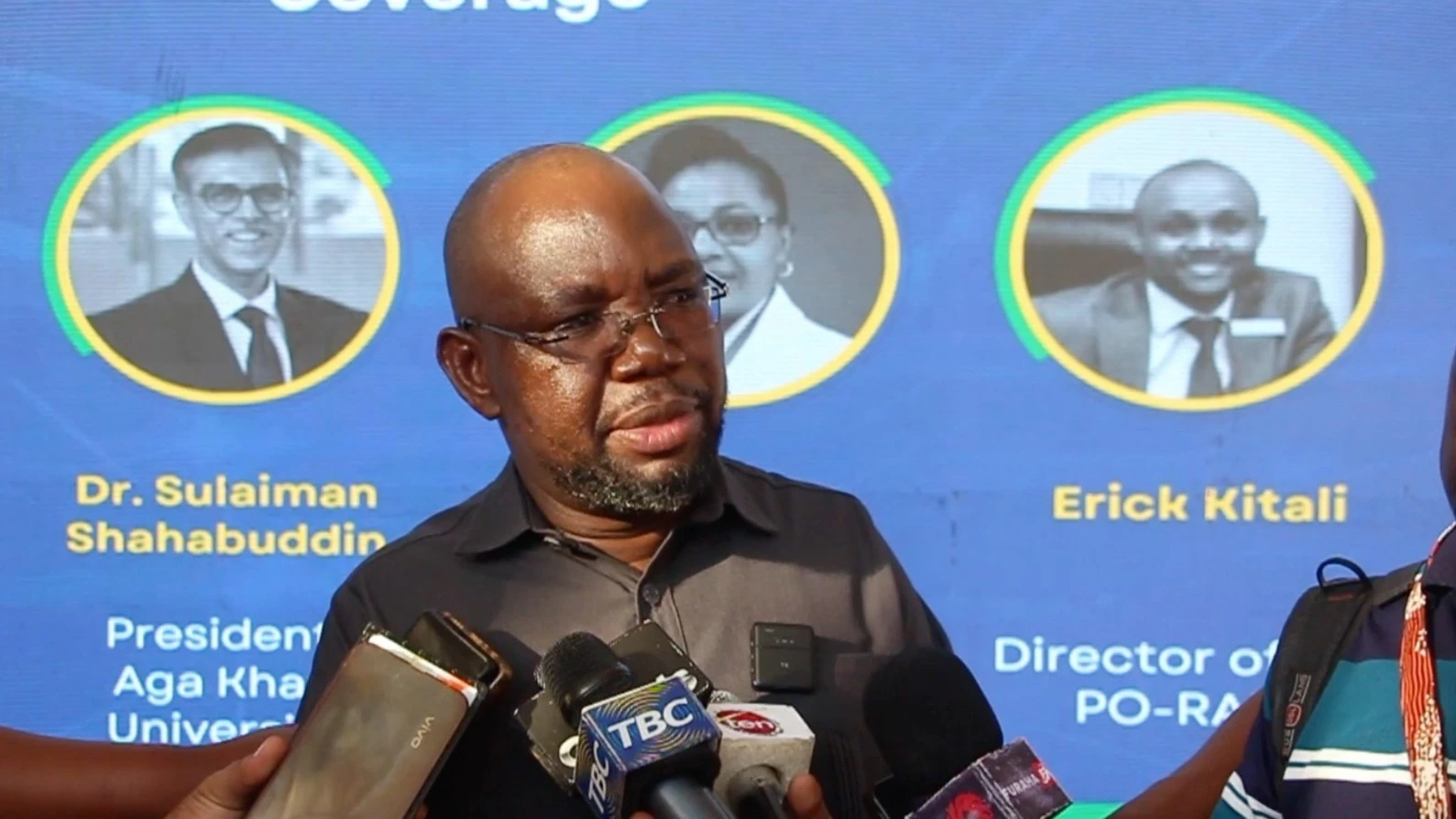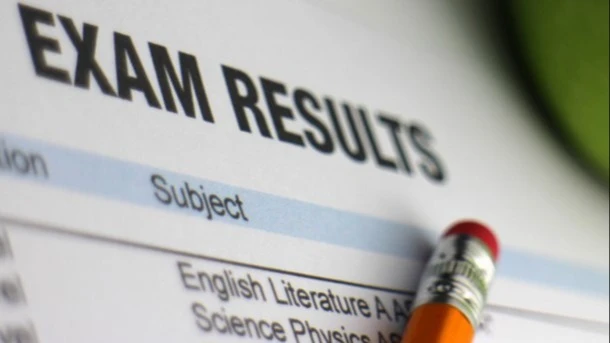Examination results analysis vital to improving education outcomes

EVERY human activity follows a set of procedures for it to be effectively conducted and to achieve expected outcomes. The process of teaching and learning is no exception. It is not a random or casual activity but a deliberate undertaking aimed at transforming learners intellectually, socially, and morally.
For this reason, assessing what has been achieved after a period of instruction becomes not only necessary but also indispensable. Education must deliver measurable results if it is to contribute meaningfully to the advancement of society.
Education is widely regarded as the engine of socio-economic development. It drives innovation, fosters productivity, and empowers citizens to participate fully in national development.
However, for education to play this vital role, there must be mechanisms for continuous evaluation. Assessments—whether through tests, examinations, or other forms—reveal both progress and shortcomings. They enable policymakers, teachers, parents, and learners themselves to identify areas that require improvement and to plan strategically for better outcomes.
Why examination results matter
Efforts directed towards improving education do not automatically guarantee the desired goals. Sometimes the gap between policy and practice prevents achievement of excellence. This is precisely why examination results analysis becomes a critical process.
Examinations provide tangible evidence of learning outcomes, and analyzing the results allows stakeholders to reflect on whether teaching strategies, curriculum content, and learner attitudes are working as intended.
The teaching and learning process is multidimensional. It involves learners, teachers, school administrators, parents, and the wider community. The analysis of examination results helps to reveal how these actors interact, where responsibilities overlap, and how individual contributions—or failures—affect overall performance. In other words, examination analysis exposes the chain of influence that determines whether learners succeed or struggle academically.
Linking policies, teaching, and learner outcomes
Education policies may be sound, ambitious, and well-drafted, but they are only as effective as their implementation. A well-designed curriculum can fail if teachers use ineffective teaching strategies or if learners lack the motivation to engage actively in class.
Examination results provide feedback on these gaps. For instance, consistent failure in a particular subject may point to ineffective teaching methods, lack of resources, or learners’ low interest. This makes examination analysis not just about numbers but about diagnosing the health of the entire education system.
The role of timing, feedback
In an effective education system, examinations are not isolated events. They are milestones set at regular intervals to measure progress. Between one examination and another, learners should have the opportunity to reflect on their mistakes, revise forgotten concepts, and strengthen weak areas.
Teachers, on their part, should use this window to provide targeted support—clarifying complex concepts, offering additional exercises, and adjusting teaching strategies.
Examinations should therefore not be seen as fashionable routines but as purposeful activities with specific objectives. Poorly planned examinations do waste valuable learning time. To validate their effectiveness, every examination should be followed by careful analysis of results. This process ensures that examinations meet accepted standards, align with curriculum objectives, and promote meaningful learning.
Building competence through examinations
Examinations should do more than test memory; they should build learners’ competence and critical thinking. A good assessment system encourages learners to read broadly, think independently, and apply knowledge to solve problems.
As Albert Einstein once remarked, “Education is what remains after one has forgotten what one has learned in school.” In this sense, examinations must promote reasoning, creativity, and the ability to make sound decisions beyond the classroom.
When examinations are aligned with this vision, learners gradually develop the competence needed to progress from one academic level to another. Each assessment becomes a stepping stone, preparing learners for the demands of the next stage. Without such progression, the claim of academic success becomes hollow.
The analysis of examination results should be treated as a priority in schools. It offers several key advantages:
Identifying areas of weakness
Improvement is only possible when weaknesses are recognized and addressed. Examination analysis highlights the concepts and topics that learners find most difficult. Teachers can then focus their efforts on these areas rather than conducting general, unfocused revisions. Over time, this targeted approach enhances learners’ knowledge and confidence.
Evaluating teaching methods
Examination results are also a mirror of teaching quality. If many learners struggle with a particular topic, it may indicate that the teacher’s approach needs adjustment. By reflecting on examination outcomes, teachers can modify their instructional strategies—whether by using more practical examples, integrating technology, or encouraging interactive learning.
Revealing mastery of content
Not all examination feedback points to weaknesses. Analysis also shows the areas where learners have demonstrated strong mastery. Recognizing these strengths helps avoid wasting time reteaching content already well understood. Instead, teachers can redistribute time to areas of greater need, while also encouraging peer teaching, where stronger learners help weaker ones.
Encouraging collaborative teaching strategies
When teachers collectively analyze examination results, they share experiences and strategies. A teacher who achieved success in one area can guide others struggling in the same domain. This collaboration fosters professional growth and enriches the teaching and learning environment.
Improving examination techniques
Analysis provides insights into how learners answer questions. Sometimes poor performance is not due to lack of knowledge but to poor examination techniques—such as misinterpreting questions or failing to structure answers properly. Teachers can use this feedback to coach learners on how to approach questions strategically, thereby attracting higher scores.
The pursuit of academic excellence
Schools exist to nurture academic excellence, and examinations remain the principal tool for measuring this achievement. Producing good examination results is not a matter of chance; it requires consistent effort, reflection, and adaptation. Analysis of examination results serves as a compass, directing schools toward better teaching and improved learner outcomes.
Ultimately, the goal of education is not merely to pass examinations but to equip learners with the skills, attitudes, and values they need to thrive in life. However, examinations—when properly designed and analyzed—remain an indispensable part of this journey. They help teachers refine their methods, learners sharpen their understanding, and policymakers strengthen education systems.
Let us, therefore, embrace examination results analysis not as a burden, but as an opportunity. It is through careful reflection on what has been achieved and what still needs improvement that education can fulfill its true mission: preparing learners to contribute meaningfully to their societies and to face the future with confidence.
Top Headlines
© 2025 IPPMEDIA.COM. ALL RIGHTS RESERVED

























